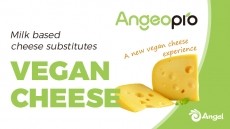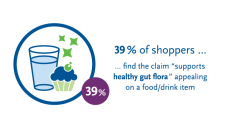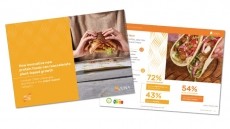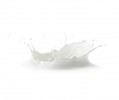Oranges, bananas and turmeric may fight leukaemia
effect against the childhood cancer leukaemia, the incidence of
which has increased dramatically in Britain during the twentieth
century, researchers will report today.
Although the causes of leukaemia in children are poorly understood, modern environmental and lifestyle factors are thought to play a major role in the rising incidence. Dietary factors therefore could offer protection.
A conference in London today, organized by the charity Children with Leukaemia, will hear evidence to suggest that the low incidence of the disease in Asia is due in part to the protective effect of turmeric, a spice used widely in Asian cooking.
Professor Moolky Nagabhushan of the Loyola University Medical Centre, Chicago says that some of the known risk factors that contribute to the high incidence of childhood leukaemia include lifestyle and environmental factors such as prenatal or postnatal exposure to radiation, benzene, environmental pollutants and alkylating chemotherapeutic drugs.
"Our studies show that turmeric - and its colouring principle, curcumin - in the diet mitigate the effects of some of these risk factors," he said.
In a long-running series of studies, Nagabhusan has shown that turmeric has the potential to protect against leukaemia in a variety of ways - it can inhibit the mutagenicity of cigarette smoke polycyclic aromatic hydrocarbons, radiation induced chromosome damage and it can prevent the formation of harmful heterocyclic amines and nitroso-compounds which can result from eating certain processed foods.
He has also shown that curcumin irreversibly inhibits the multiplication of leukaemia cells in cell culture. Nagabhusan says these results are confirmed in humans.
There is also evidence that some fruits offer protection against the disease. Dr Marilyn Kwan of the University of California, Berkeley and her colleagues have collected information on the diets of 328 children diagnosed with leukaemia and compared them with matched controls.
"We found that regular consumption of oranges and/or bananas during the first two years of life was associated with a reduced risk of childhood leukaemia," Kwan reports. "These findings are consistent with the protective role of fruits and vegetables observed in adult cancers."
The association is thought to be due to the high vitamin and mineral content of both oranges and bananas. Oranges are rich in vitamin C, an antioxidant that may prevent oxidative damage to DNA, thus protecting against carcinogenesis. Bananas are rich in potassium, the anti-carcinogenic potential of which has been speculated upon by epidemiologists.
While these papers do not address the rising incidence of childhood leukaemia in Britain, since dietary intake of both turmeric and fresh fruit are higher today than 100 years ago, they do provide important clues as to the aetiology of the disease, as well as offering up possibilities for prevention.
The increasing incidence combined with emerging concerns about the long-term effects of leukaemia treatments, are further factors making prevention a top priority. Leukaemia is Britain's biggest child killer disease and cases of this and some other childhood cancers in developed nations has been rising at around 1 to 3 per cent each year for the past 50 years.
It is hoped that the conference will establish an agenda for future research. The charity will be launching a £1 million fund to support research in priority areas.




















